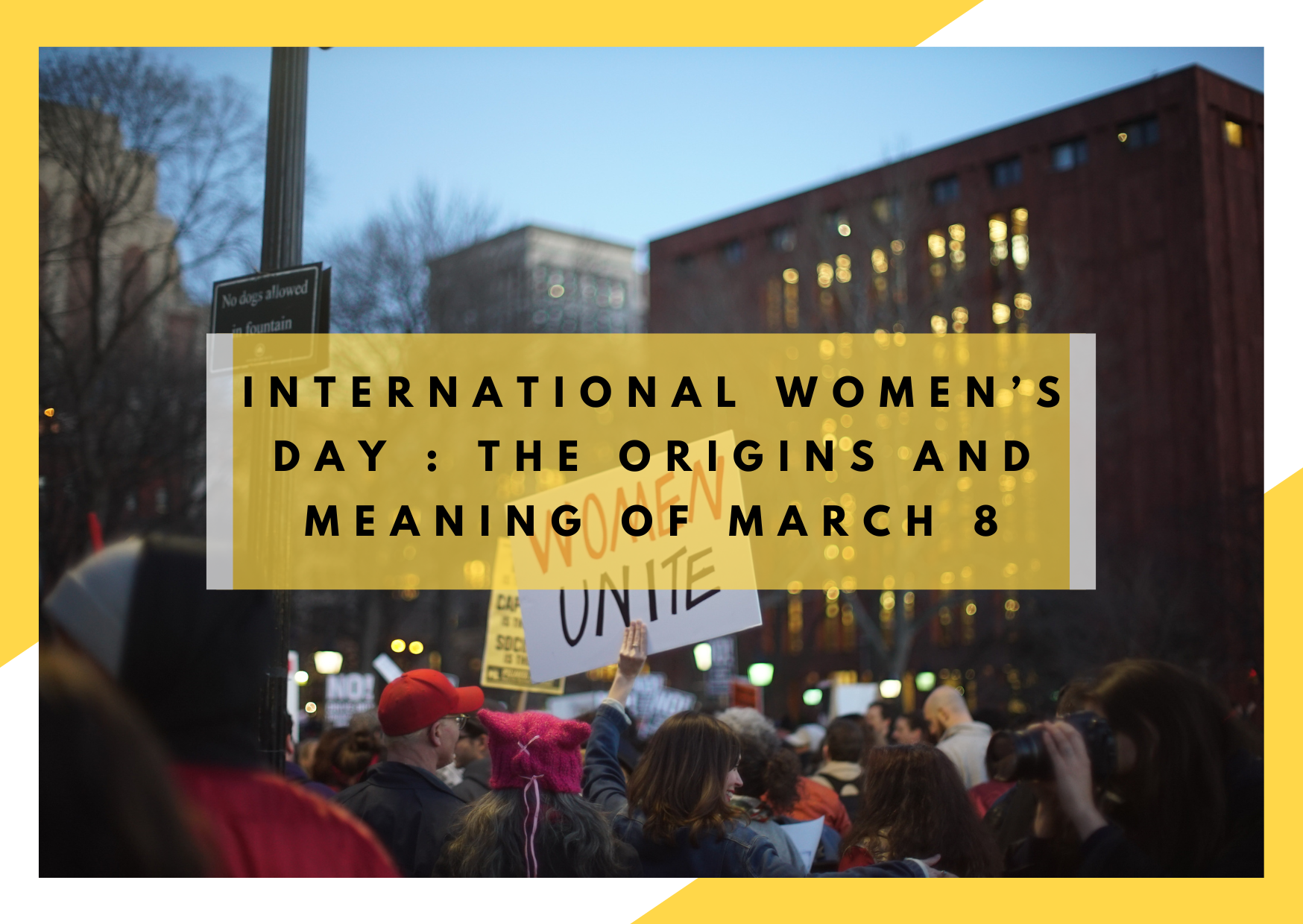July 22, 2025

What is celebrated
Every 8th of March is celebrated the International Women’s day, but what do we celebrate and why? It is a demand for women’s rights. The aim is to raise awareness and promote real equality, calling for the reduction of gender inequalities.
History of March 8
It all started in 1908 when 15,000 women marched through New York City demanding shorter hours, better pay and voting rights. From that year each 28th of February was celebrated as the National Woman’s Day in the United States until 1913.
Meanwhile, in 1910 in Copenhagen, Clara Zetkin proposed that every year there should be a celebration on the same day, a Women’s Day celebrated around the world to press for their demands. Clara’s wishes were fulfilled and the next year, International Women’s Day was honored for the first time in Austria, Denmark, Germany and Switzerland on 19 March. More than one million women and men attended IWD rallies campaigning for women’s rights to work, vote, be trained, to hold public office and end discrimination.
In 1913 Russian women celebrated their first International women’s day the last Sunday of February, the 23rd. In 1914 more women across Europe held rallies to campaign against the war and to express women’s solidarity. Coming back to Russia, women got the right to vote in 1917 thanks to the strike that russian women started on the 23rd of February, this day in Gregorian calendar is the 8th of March, and that’s why now it is celebrated on that date.
International Women’s Day was marked for the first time by the United Nations in 1975 and during the 80’s and 90’s women around the world began organizing marches, strikes, and actions to highlight issues such as gender violence, workplace inequality, and lack of access to health services.
Nowadays we still celebrate that day with large marches, strikes, and mobilizations, both locally and globally, with the aim of continuing the fight for gender equality.
Why is it important to keep celebrating it?
Despite significant progress in women’s rights, gender inequality remains a global issue — in business, politics, education, and healthcare. Millions of women and girls still face systemic discrimination, social pressure, and unequal opportunities. Alarming increases in gender-based violence, including rape and femicide, highlight how far we still have to go. Achieving full gender equality is a daily fight, but International Women’s Day serves as a powerful reminder of how far we’ve come, what we’re capable of, and the future we are striving to build.
